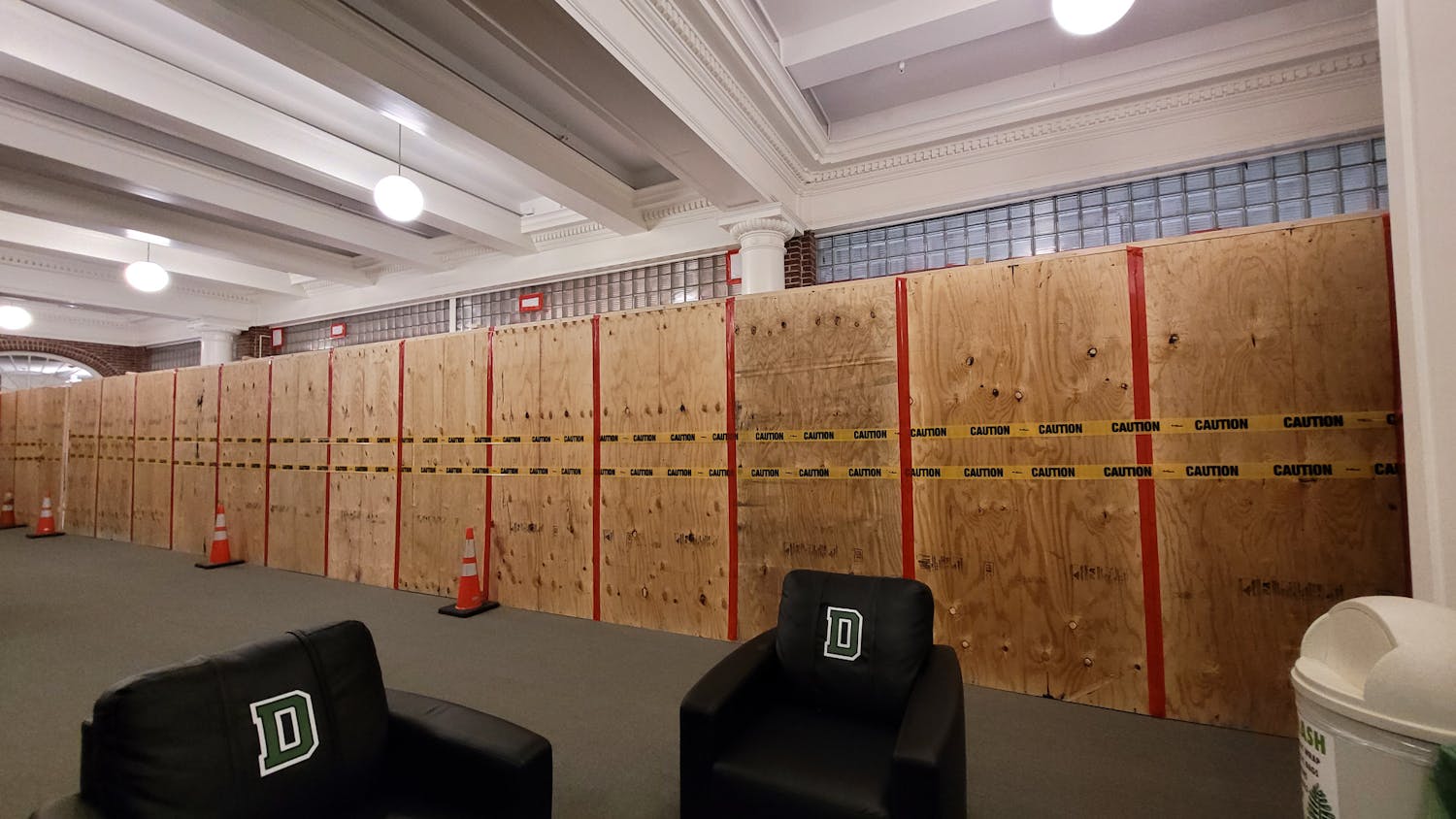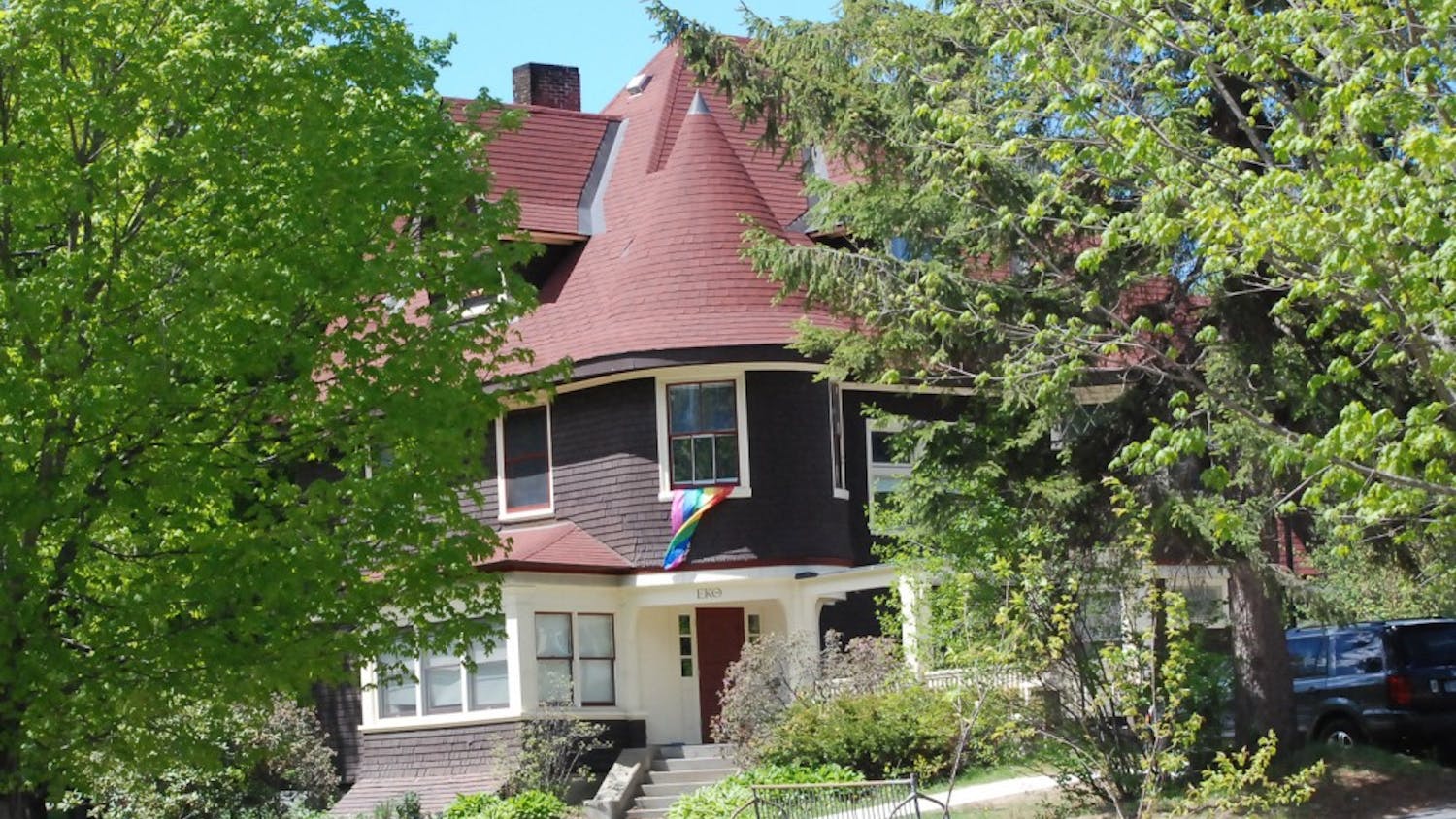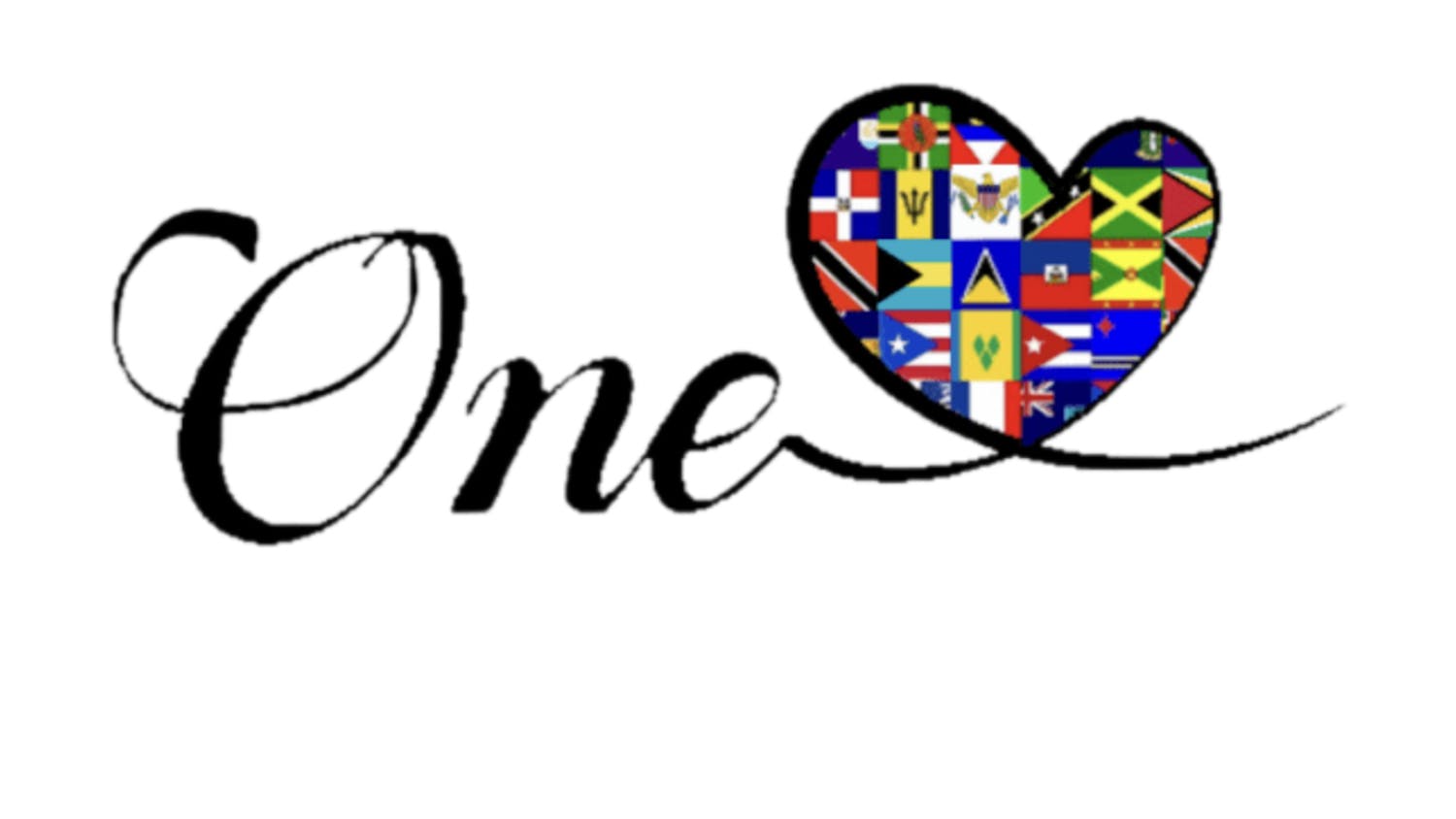Editor's Note: This is the fourth in a series of articles examining higher education admissions in the wake of last year's University of Michigan Supreme Court decisions. This article examines the role socio-economic class plays in admissions.
From SAT tutoring to private college counseling, families are willing to pay almost anything to get their children into the college of their dreams. Some take it a step further, paying upwards of $20,000 annual tuition at some of the most elite private schools in the country to prepare their children for top colleges.
While statistics seem to show that attending an elite high school improves chances of admission to college, there seems to be very little distinction between public and private. Statistics suggest that it may even be slightly more difficult to get into Dartmouth coming from a private school.
Nearly 65 percent of the applicants for the Class of 2008 came from public schools and were accepted at rate just slightly above Dartmouth's overall rate. 18.8 percent of public school applicants were accepted compared to 18.3 percent of overall applicants. By comparison, only 18.l percent of private school applicants and 13.9 percent of parochial school applicants -- also technically private schools -- were given admission.
Dean of Admissions Karl Furstenberg dismissed any notion that there was preference given along public versus private school lines.
"There's no point in having a preference for public school or private school," he said. "The preference is for interesting and talented kids."
At Phillips Andover Academy in Massachusetts, one of the most prestigious private schools in the country, 16 of the 40 students who applied for the Class of 2006 were admitted -- a full 40 percent.
But the acceptance rate for Stuyvesant High School in New York City, an elite public school, was even higher. Of 73 seniors who applied to Dartmouth, 32 got in.
In her book "A is for Admission" Michele Hernandez '89, a former Dartmouth admissions officer and currently a private college consultant, reported similar numbers form other top schools in the mid-1990s. She recalled a year during which the Thomas Jefferson High School for Science and Technology, a selective public magnet school in Virginia, sent 29 applicants to and got 14 accepted -- nearly 50 percent.
Whether public or private, it seems clear that students attending any elite school do appear to be receiving a benefit -- though not necessarily in the admissions process itself.
It is the increased educational opportunity at these elite high schools that improves an applicant's chances, not any benefit given to the applicant during the admissions process itself, according to Stephen Singer, director of college counseling at Horace Mann School in New York City. He speculated that it may even be more difficult for students from elite schools to stand out as exceptional among the overall applicant pool because they face more competition from within their own school.
Furstenberg, however, said that applicants are not compared to others applying from the same high school.
But, he said, some are miffed when they find that receiving a diploma from a prestigious private school does not guarantee admission to Dartmouth -- even if the high school has a history of sending many of its students to the College.
"A lot students and families at elite private schools feel like part of what they're buying is access to the kind of schools like Dartmouth. But you just can't afford to have any kind of special relationship with any school based upon history," he said. "Admissions is a very future-oriented activity. What's relevant to us is where are the talented students?"
It is because of this "class warfare" in admissions and because of debates over race-based affirmative action that people like Hernandez are proposing replacing race as a factor in admissions with a consideration of income.
"If socio-economic class were considered instead of race, you would pick up minorities in that pool, and it would be a more fair evaluation," said Hernandez.
Furstenberg admitted that there were "educational arguments" and "fairness arguments" for giving an advantage to first-generation college students and low-income students who "as a national population haven't had as much access to educational opportunities." However, two things in particular make it difficult, he said.
First, it's difficult to turn down yet another highly-qualified applicant in order to accept a student who has not yet had an opportunity to prove himself.
Second, admitting more first- generation low-income students adds strain to the financial aid budget. Financial aid is a major expense for the College and has been growing at a double digit rate, according to Furstenberg.
"I think you'd have to consider very carefully about just how you are going to do this because you don't want to, all of a sudden, add $5 million to your financial aid budget."
But a third, unmentioned complication is need-blind admissions. Most of the best colleges and universities now use need-blind admissions, meaning they do not take an applicant's financial aid needs into account when reviewing an application. However, need-blind admissions also prevents the admissions office from definitively knowing whether an applicant is low-income and has missed out on educational advantages other, more affluent students had.
Even without consideration of socio-economic background, Dartmouth has managed to incorporate a large number of low income and first-generation college students. According to rough figures from the admissions office, 16 percent of Dartmouth students are first-generation college. Meanwhile, 15 percent of the College -- though not necessarily the same group -- come from families with annual incomes below $45,000.
"Essentially a third of our financial aid candidates are in this low income category, and that's more than other Ivies," Furstenberg said.



